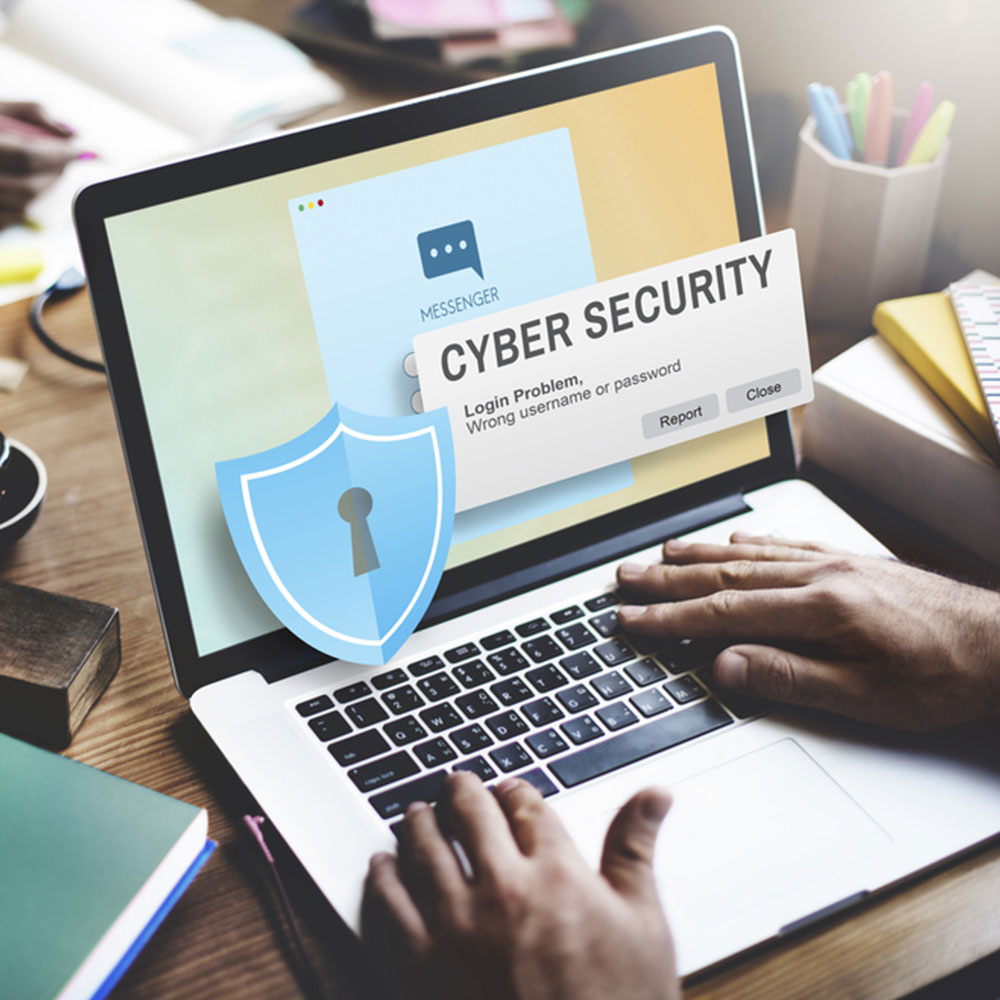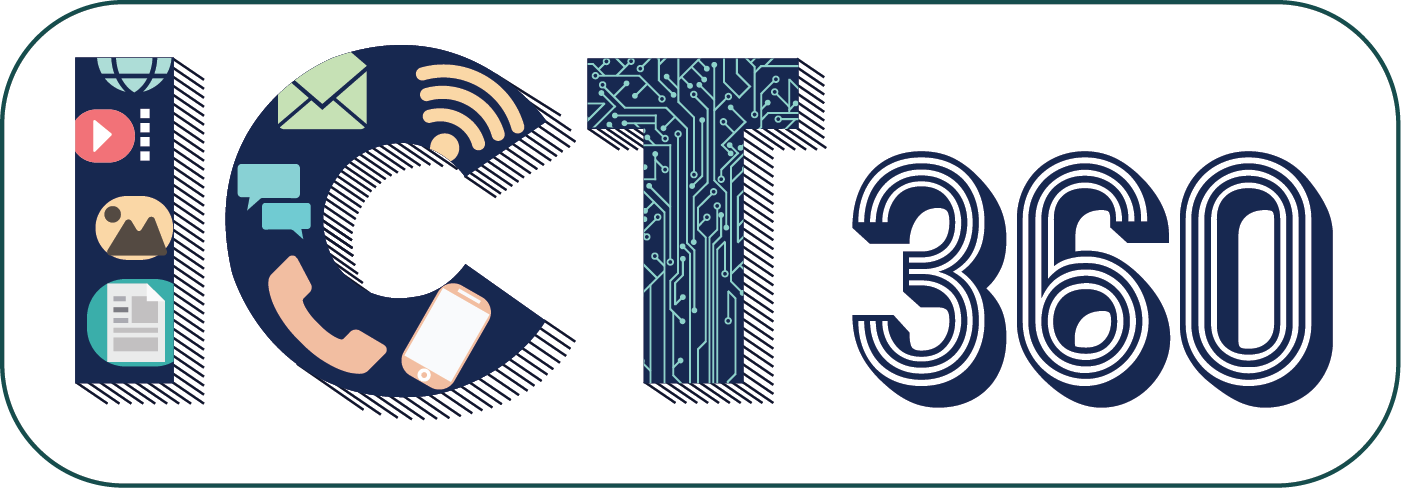Teaching Cybersecurity In Schools

Cybersecurity is the practice of protecting a network, system, or program from data leaks. It protects our data from malicious threats over the internet.
Cybersecurity includes defending our personal and confidential information stored on devices like mobile phones and other personal devices from virtual thieves.
According to the Fortinet 2022 Cybersecurity Skills Gap Report - worldwide, 80% of organizations suffered one or more breaches that they could attribute to a lack of cybersecurity skills and/or awareness.
Hence, it is imperative that schools adopt a Cybersecurity Curriculum/Module to help close the skills gap. It will empower students with the skills & knowledge they need to learn, develop and grow their career in a tech-driven world.
Let’s understand the different types of Cybersecurity Threats
Computer Virus
A computer virus is a program that can copy and modify its code in the system. It then corrupts data in the system by either erasing it, destroying it, or taking away the user’s access to it.
Malware

Malware is any software or block of code that damages a computer network, client, or server. Examples include Ransomware (locks the user’s access to data in exchange for money) and Spyware (spies on data that travels from the user’s computer).
A virus/malware can infect a computer through pop up ads on the internet, by downloading infected software, opening unknown email attachments, connecting to a virus-infected disk/drive or visiting unknown links.
Phishing
Phishing is a cybercrime where an attacker sends emails that appear to be from a trusted source. These are used to extract the personal information of the user like their name, email, phone number, the bank they use, the car they drive, their pending bills, etc.
Password attack
Password attack is done by looking around a user’s notes or guessing common passwords through multiple attempts. A weak password, which can be guessed easily, is prone to password attacks.
Man in the Middle Attack
It refers to a situation where the attacker positions itself between the user and the server by making an open public Wi-Fi hotspot. Once a user connects to this free hotspot, the attacker gains full access to any online data exchange.
How to protect your system from Security Threats

Firewall
A firewall is a security system that keeps track of and filters the incoming or outgoing data through the network; it decides which data is allowed inside the system based on a set of rules.
When we connect to the internet, we are exposed to the threat of malware and viruses. A firewall blocks such data packets from reaching the user.
Antivirus
A popular method to upgrade computer security is to install a reliable antivirus which is a software developed to detect and destroy computer viruses.
Sometimes, malware developers find a way to bypass the firewall. Hence, antivirus is a better choice to secure data as it has full control over managing network traffic.

Best practices to prevent Cyberattacks
- Do not share personal information
- Use strong passwords
- Do not click on malicious links
- Use private Wi-Fi
- Install and update antivirus
- Be careful what you download
- Keep your browser updated
- Visit ‘https’ websites instead of ‘http’
Importance of Cybersecurity Curriculum
NEP 2020 emphasises on equipping students with cybersecurity skills to enable them to know how to use social media in a safe and effective way –knowing not to post sensitive information, being aware of cyberbullies & scams and being careful not to post identifying/personal information.

Cybersecurity curriculum helps develop skills in students which include:
- Information technology
- Programming
- Risk analysis & mitigation
- Communication
- Teamwork
- Judgment and decision-making
- Complex problem-solving
- Inductive reasoning
Cybersecurity curriculum prepares students for in-demand careers which include:
- Information security analyst
- Forensic computer analyst
- Penetration & vulnerability tester
- Cyber security architect
- Chief information security officer
At ICT 360, we provide advanced tech curriculum for schools – grades 1-10 – for AI, AR, VR, Coding, Media Design, App Design, Game Design, Web Design, 3D Printing, Robotics, IoT, Cybersecurity, Cloud Computing and all futuristic technologies to enable students to become Innovators, Collaborators and Problem-Solvers.
ICT 360 serves as a one stop solution for all ICT requirements of a school. With NEP aligned & STEM accredited ICT/Computer Science curriculum – this unique platform offers Teacher Development Trainings with Certifications, Project PPTs, Lesson Plans, Assignments, Learning Resources, Technical Support, Assessments, Reports, and KMS for students and teachers for synchronous & asynchronous learning to equip them with 21st century skills and prepare them for the tech-driven future.
Powered by Froala Editor
